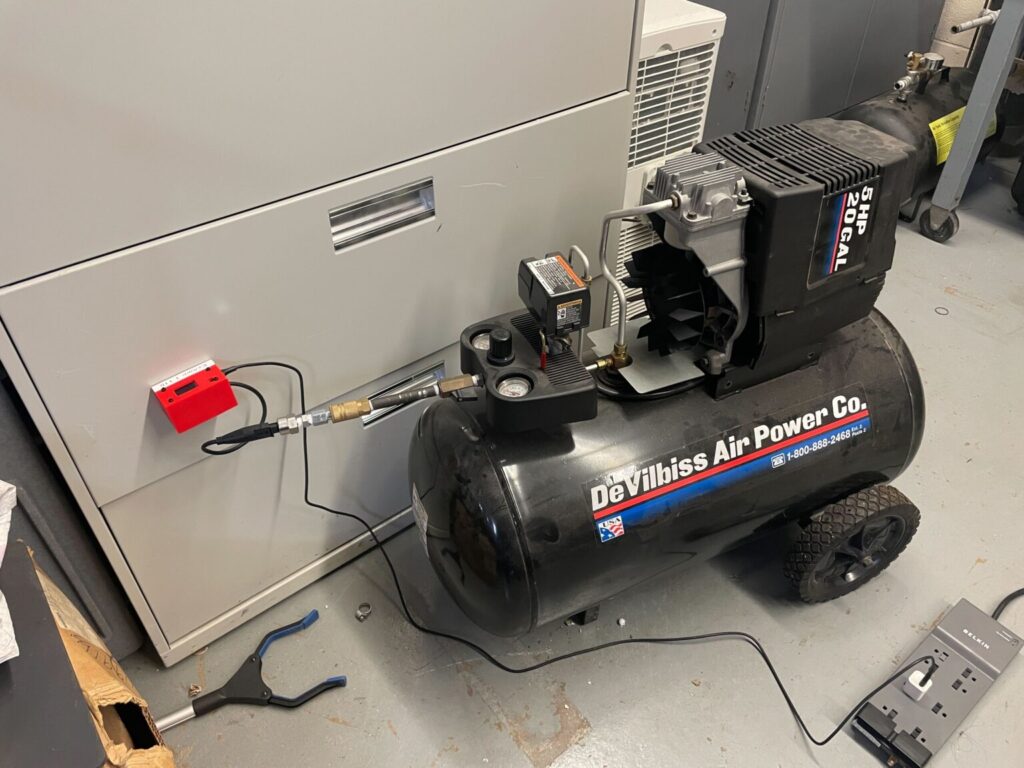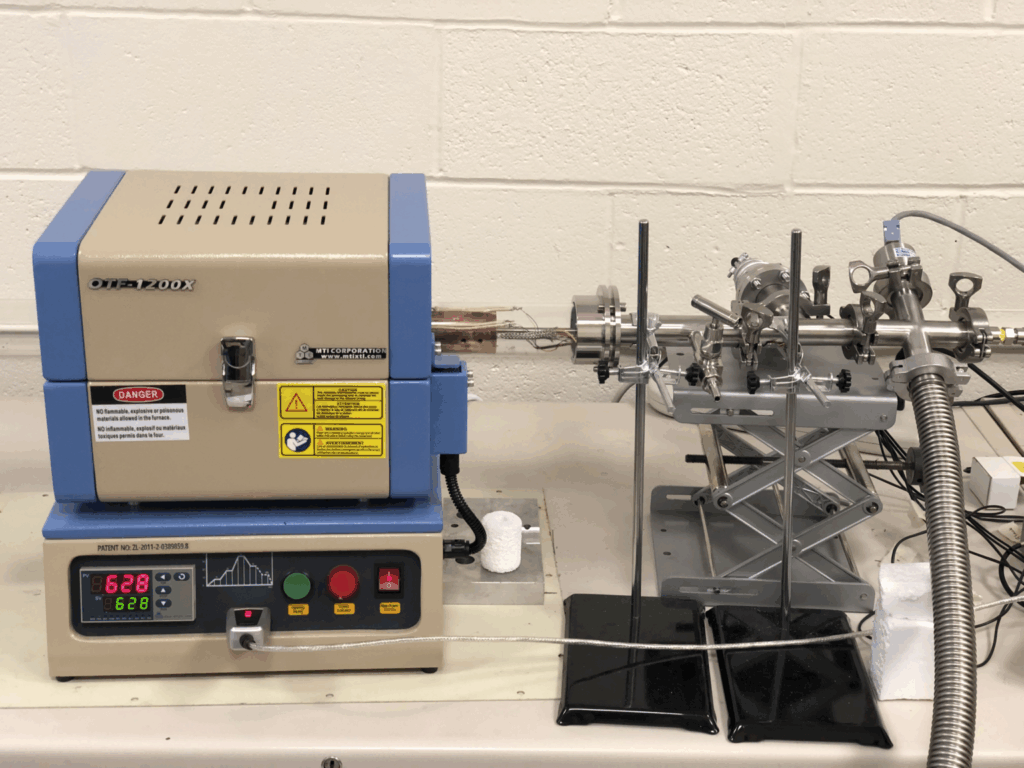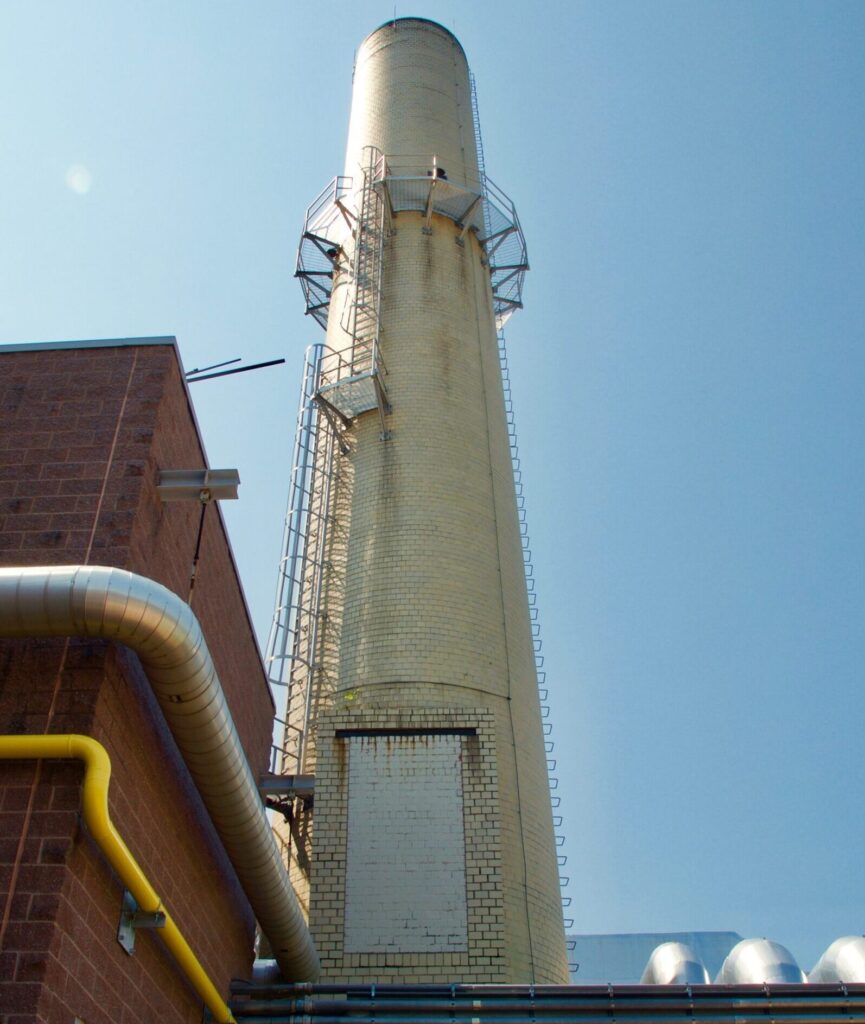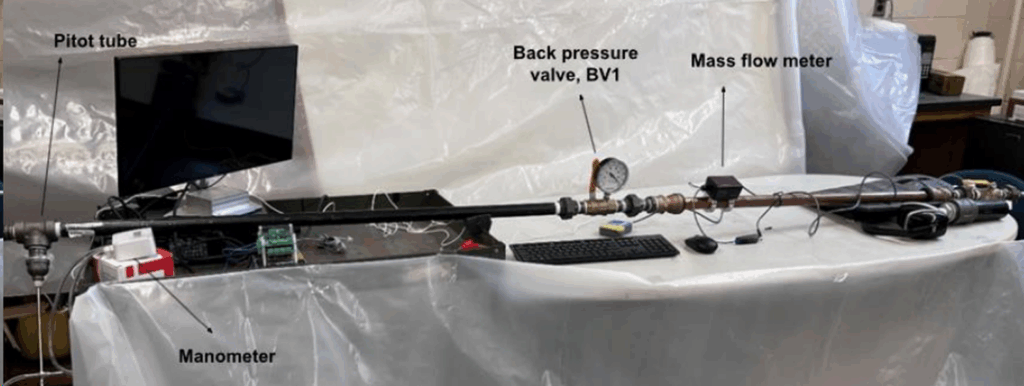Chintan Lakhani, MS in Mechanical Engineering


Eslam Al Qawasmeh, MS in Mechanical Engineering
David Garner, MS in Mechanical Engineering
Kelly Baber, MS in Mechanical Engineering


Christopher Murphy, MEng in Energy Systems
Subhash Kungumaraj, MS in Mechanical Engineering

Aditya Mairal, PhD Student
Eslam Al Qawasmeh, Graduate Student
Sara Neiss, Graduate Student
Sara Neiss, Graduate Student
The US Energy Information Administration (eia.gov) estimates that demand charges in the commercial sector account for 30 to 70 percent of monthly electric bills, although rates vary considerably by utility, location, season, and building type. One proposed way to curtail high demand charges is by programmatically scheduling flexible loads to even out power consumption over the demand-setting window. The research at Rutgers’ CAES is focused on developing and testing a demand limiting Model Predictive Control (MPC) algorithm for unitary HVAC systems called Unit Coordination (UC). The application coordinates flexible rooftop unit (RTU) loads to avoid coincident runtimes. The MPC algorithm is designed to toggle RTU operation by setting an optimal demand ceiling that forces the zones to “take turns” when flexibility is present. The optimizer can be configured and implemented using only the onsite thermostats, where control decisions are relayed to the thermostats via API as setpoint adjustments that turn units on or off. No physical setup needed. The research explores the scope of viable MPC use cases in Building Energy Management and seeks to uncover real world technical challenges and algorithm deficiencies.
Joshua DeVenezia, Graduate Student
Fluidized beds have enormous potential to improve environmental performance of coal combustion. At CAES, we have studied a wide range of topics related to fluidized bed performance optimization including minimization of temperature fluctuations and the effects of vibration on the system. In addition, we primarily focused on mixing in fluidized beds and breaking up large agglomerates. Designing the size and shape of these objects requires accurate modelling of drag and buoyancy effects, and development of an understanding of the “unfluidized hood” which appears on top of any large submerged object.